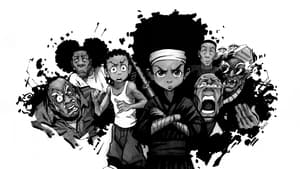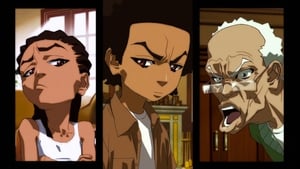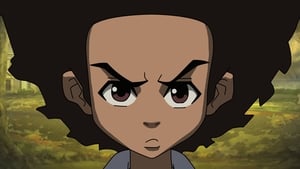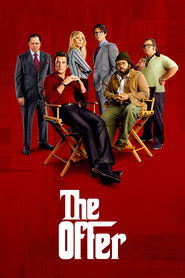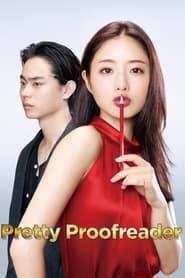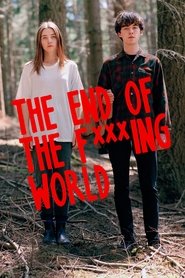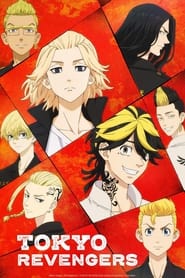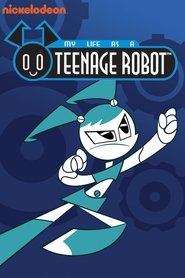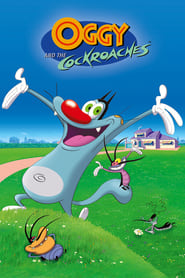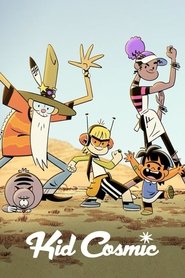

Seasons and episodes
1Season 1 Nov. 06, 2005
 1 - AllS1-Ep(1-15) Mar. 12, 2025
1 - AllS1-Ep(1-15) Mar. 12, 2025
2Season 2 Oct. 08, 2007
 2 - AllS2-Ep(1-15) Mar. 12, 2025
2 - AllS2-Ep(1-15) Mar. 12, 2025
3Season 3 May. 02, 2010
 3 - AllS3-Ep(1-15) Mar. 12, 2025
3 - AllS3-Ep(1-15) Mar. 12, 2025
4Season 4 Apr. 21, 2014
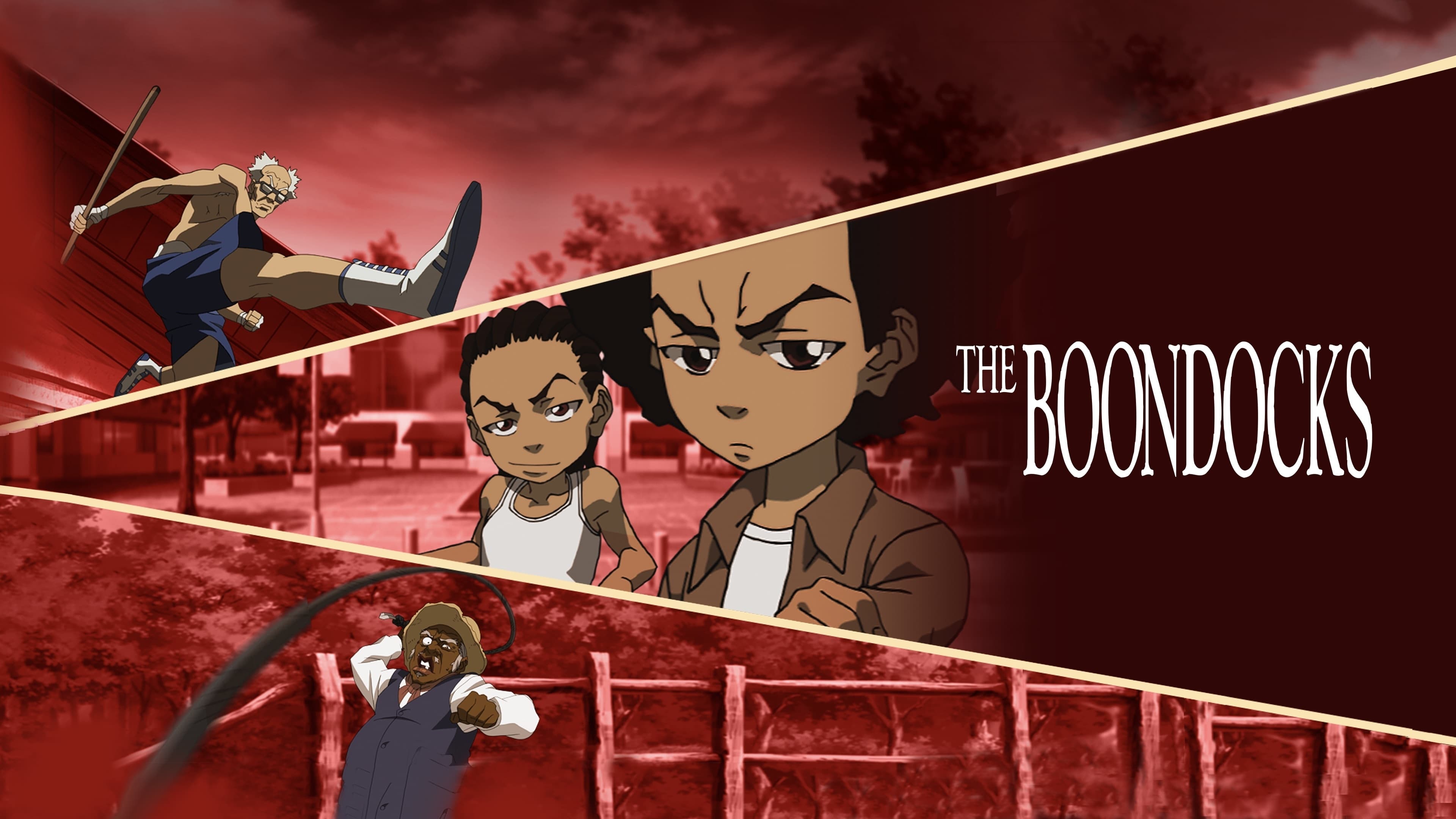 4 - AllS4-Ep(1-10) Mar. 12, 2025
4 - AllS4-Ep(1-10) Mar. 12, 2025
Creator
Creator
Cast
Riley Freeman / Huey Freeman (voice)
Robert Jebediah Freeman (voice)
Tom Dubois (voice)
Sarah Dubois (voice)
Uncle Ruckus (voice)
Jazmine Dubois (voice)
Video trailer
Synopsis
The Boondocks Season 1-4 Download In English 540p
StoryLine:
The Boondocks was a daily syndicated comic strip written and originally drawn by Aaron McGruder that ran from 1996 to 2006. Created by McGruder in 1996 for Hitlist.com, an early online music website,[1] it was printed in the monthly hip hop magazine The Source in 1997. As it gained popularity, the comic strip was picked up by the Universal Press Syndicate and made its national debut on April 19, 1999. A popular and controversial strip, The Boondocks satirizes African American culture and American politics as seen through the eyes of young, black radical Huey Freeman. McGruder’s syndicate said it was among the biggest launches the company ever had.The Boondocks Season 1-4 Download
The strip debuted on Hitlist.com[3] on February 8, 1996. It later appeared in the University of Maryland newspaper The Diamondback[3] under editor-in-chief Jayson Blair[4] on December 3, 1996, paying McGruder $30 per strip—$17 more than other cartoonists. McGruder ended the strip’s run in The Diamondback on March 18, 1997, two weeks after the strip was omitted due to a technical error and a Diamondback staffer printed the word “OOPS” in its place without an explanation. He pulled the strip after the paper refused to run an apology.[5] (Upon the revelation in 2004 of news article fabrications by Blair, by then a reporter for The New York Times, McGruder’s comic strip joined others in lampooning Blair.)The strip was rejected by six syndicates — including the Washington Post Writers Group, Creators Syndicate, United Media, and Chronicle Features — before finally being picked up. Many of the syndicates that rejected the strip were supportive but felt that The Boondocks was “too edgy.” An article from the summer of 1997 asserted that Universal Press Syndicate (UPS) was taking a “hard look” at the strip; UPS eventually picked it for syndication in April 1999.[6]
In Fall 2003, Boston, Massachusetts-based artist Jennifer Seng assumed art duties from McGruder. In an interview with The New Yorker, McGruder said, “If something had to give, it was going to be the art. I think I’m a better writer than artist.”[4] Carl Jones succeeded Seng as illustrator in late 2004. In the introduction to the collection Public Enemy #2, McGruder wrote, “I had hired an artist to help me on some of the art duties. People think I stopped drawing the strip, but that’s never been the case.
Additional Links:
Original title
The Boondocks
TMDb Rating
7.9 194 votes
First air date
Nov. 06, 2005
Last air date
Jun. 23, 2014
Seasons
4
Episodes
55
Average Duration
22 minutes







